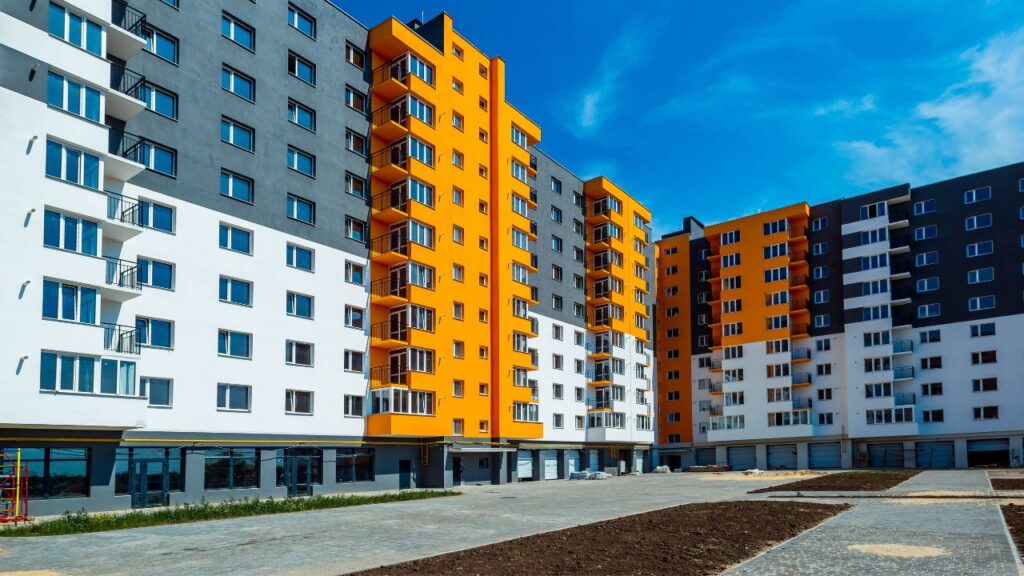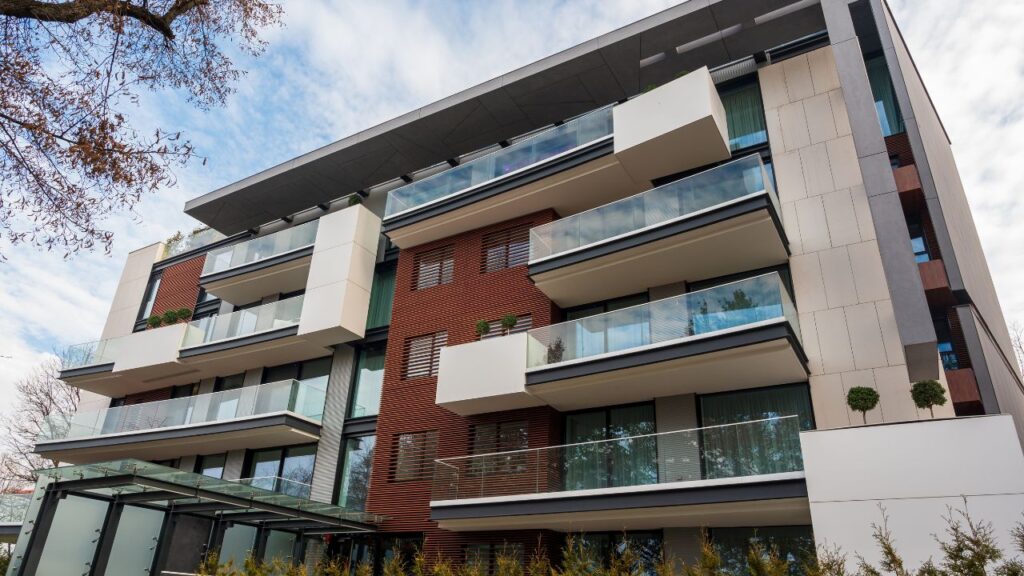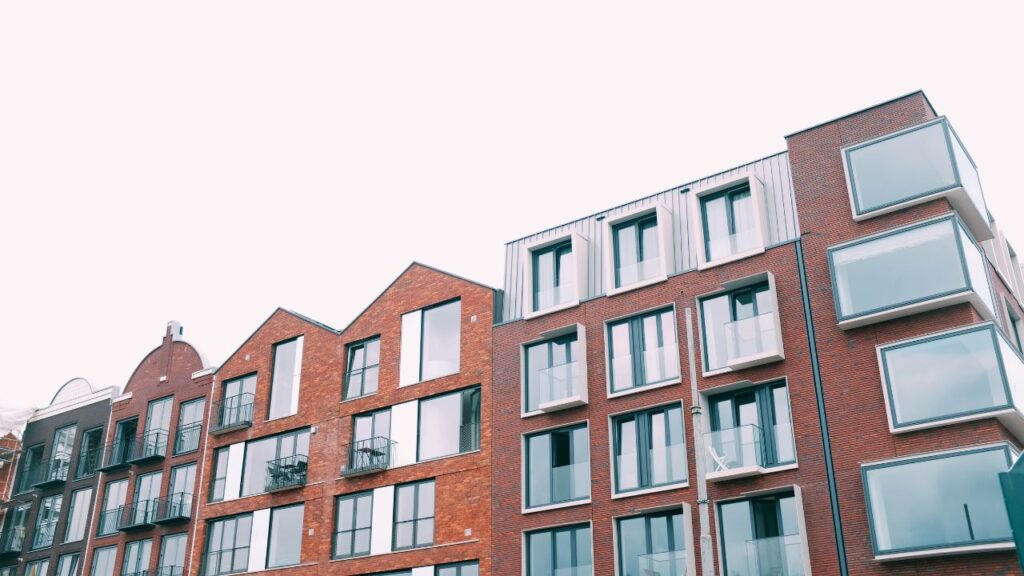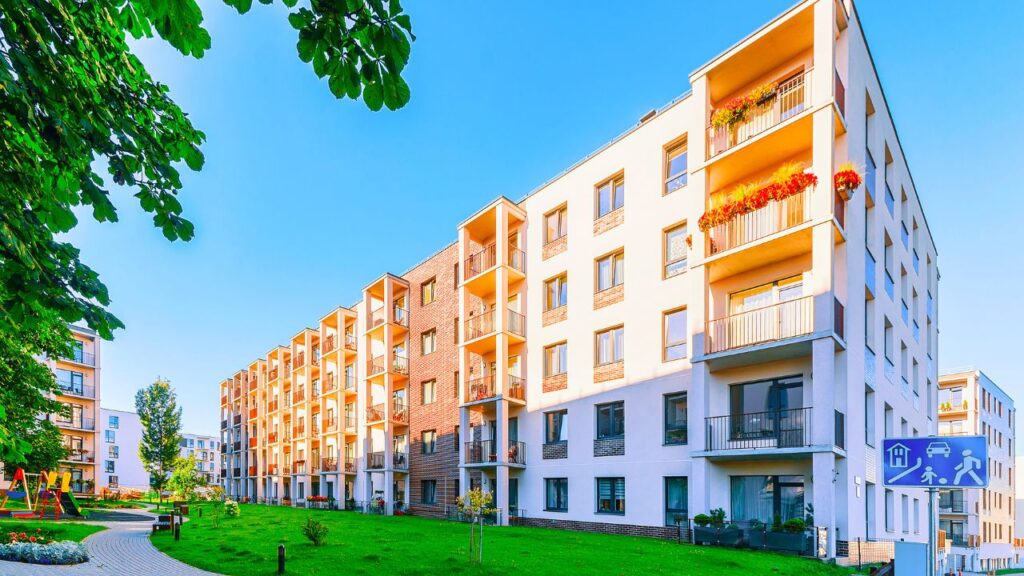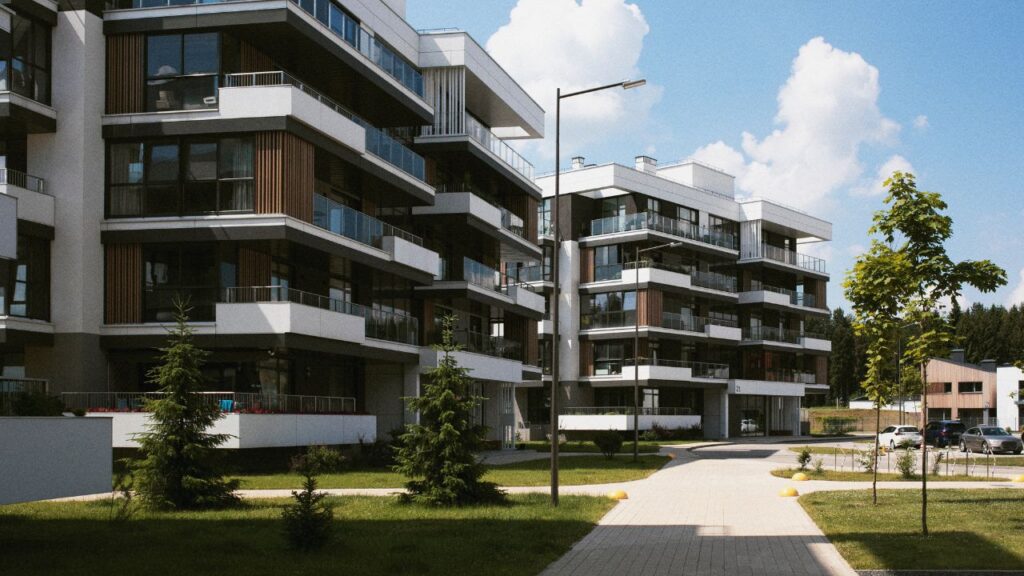Apartment Complex Cost
The cost to build an apartment building has an enormous range. The national average cost to build an apartment building is between $5.3 and $58 million, with most people paying around $14 million for a 5-story mid-rise apartment building with a total of 50 units.
